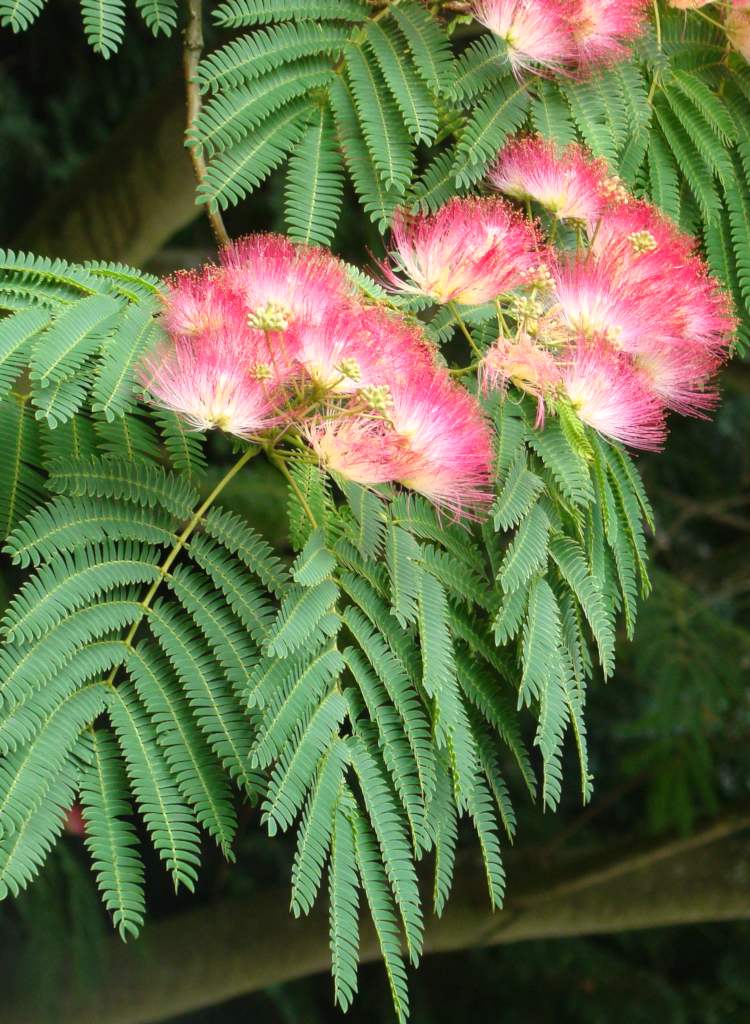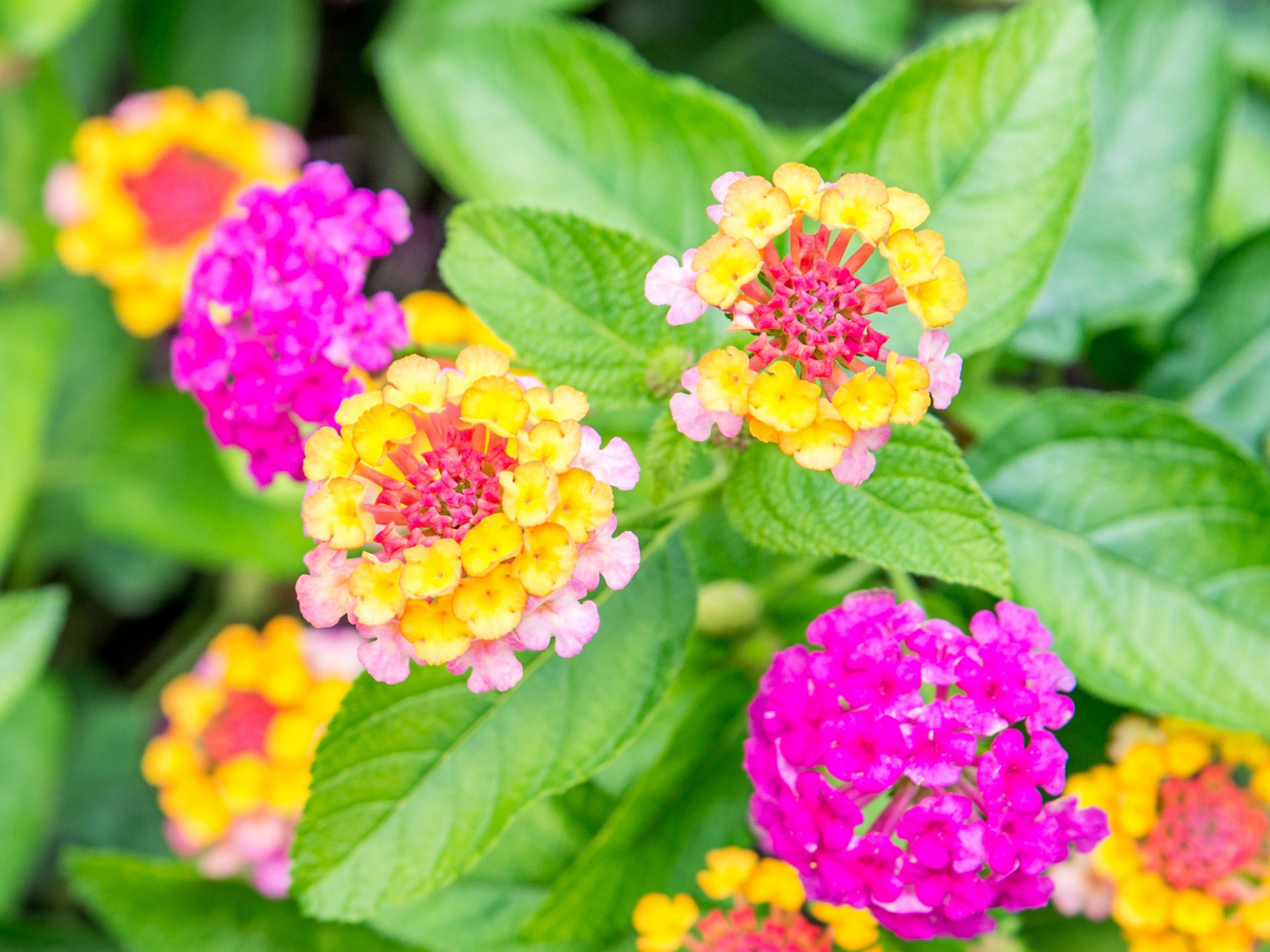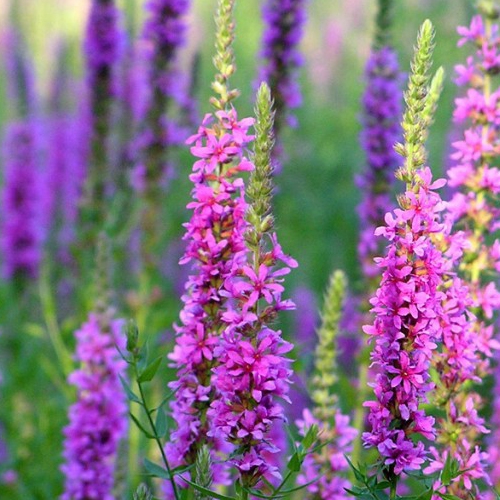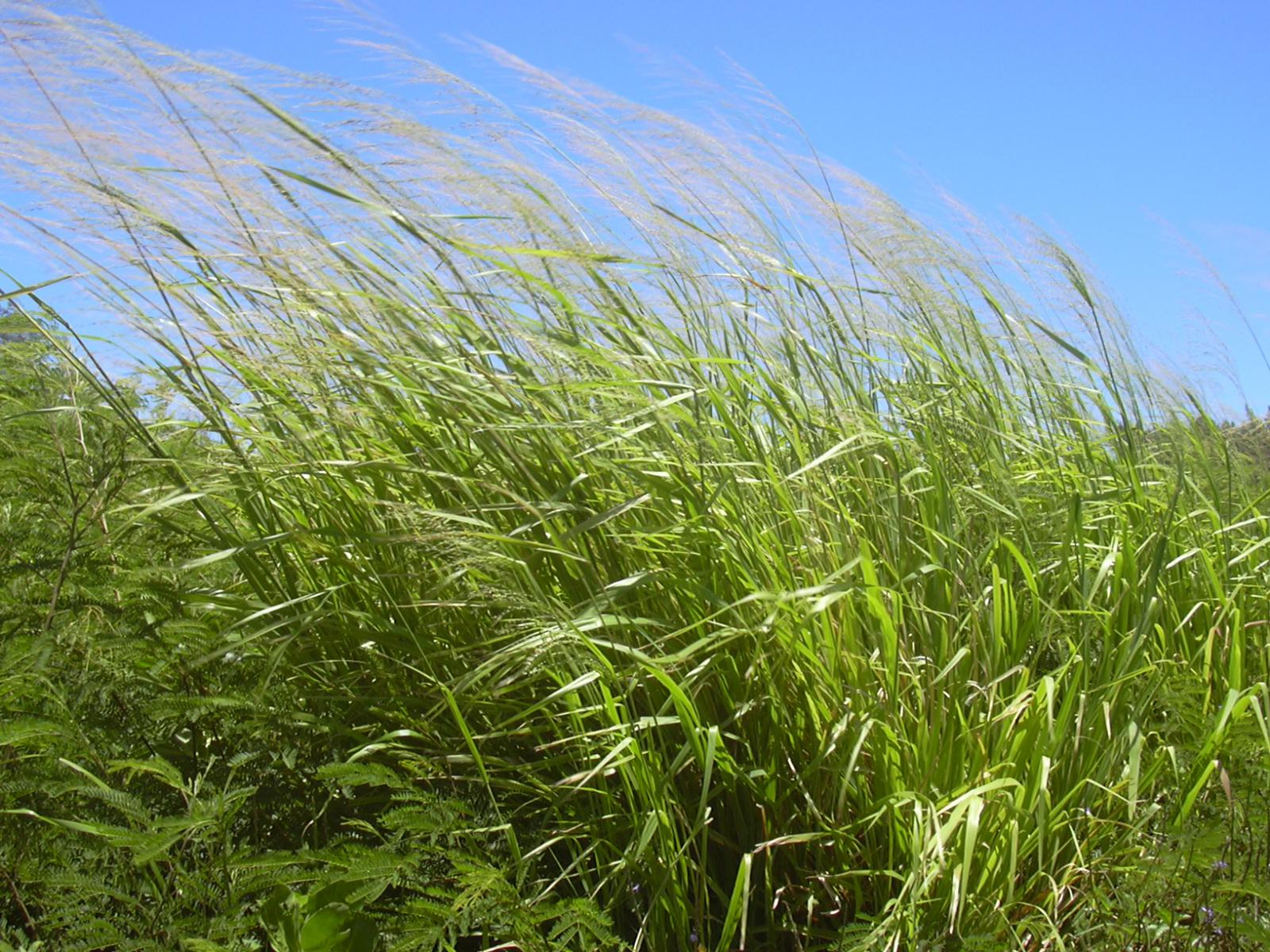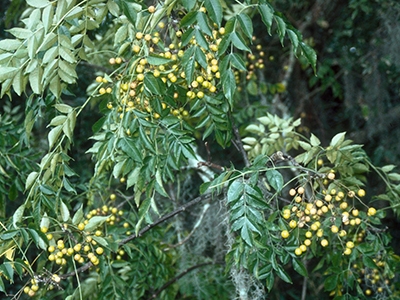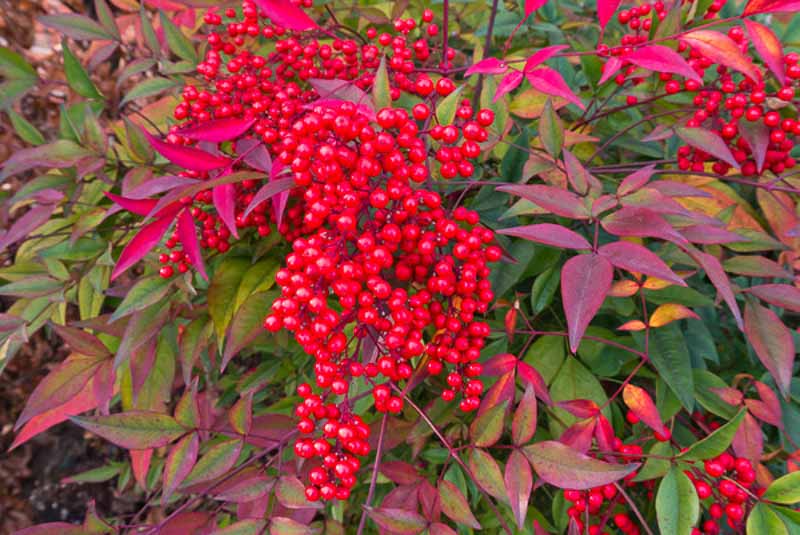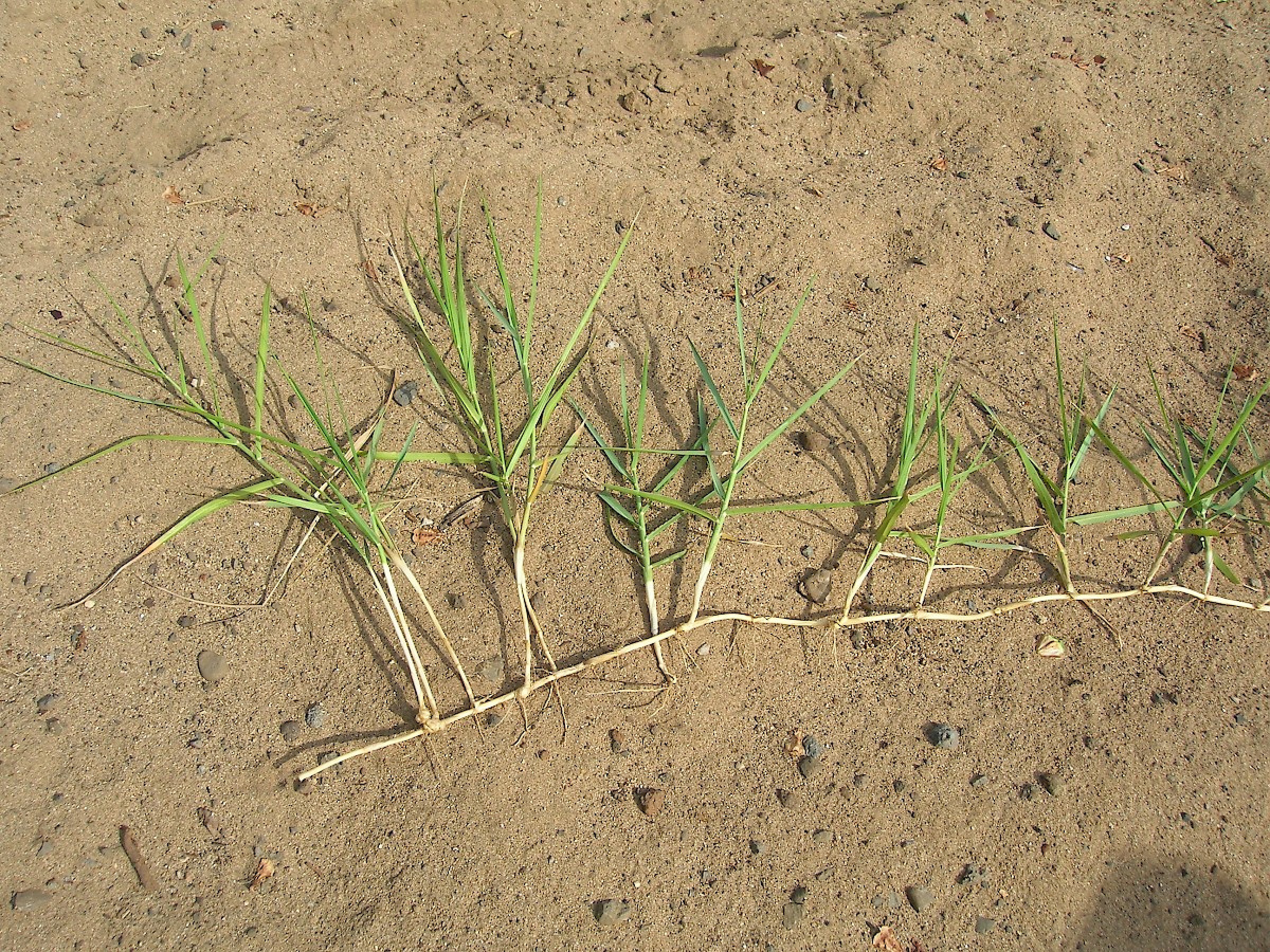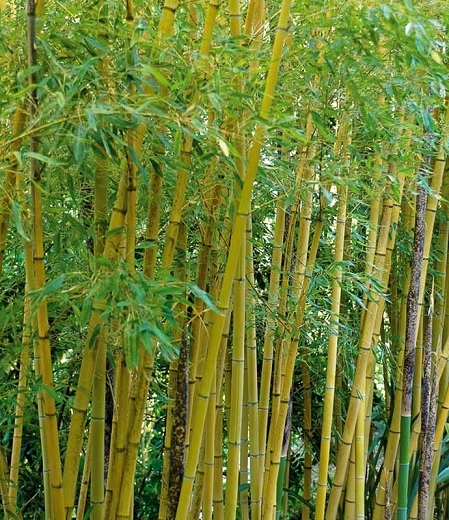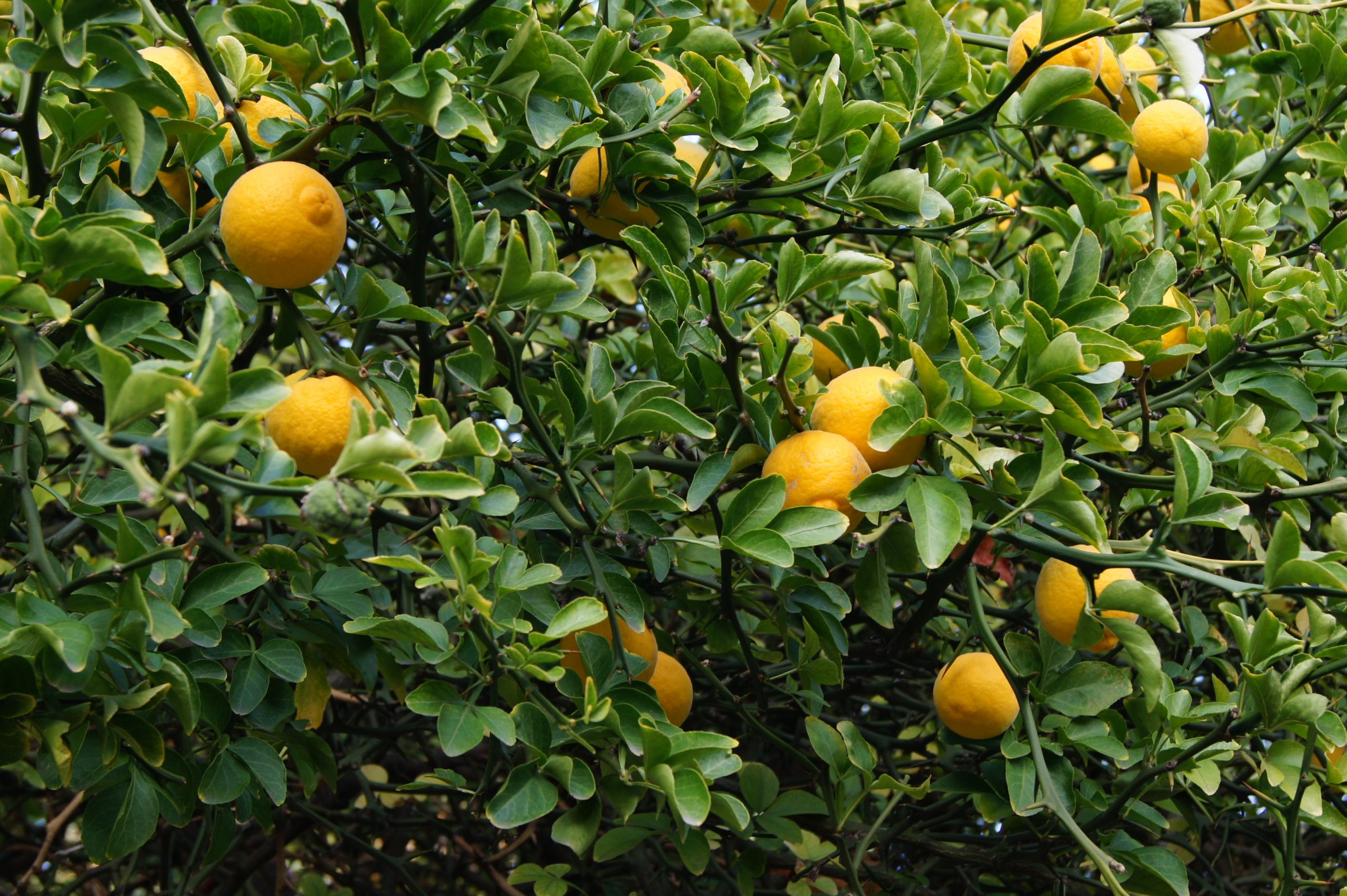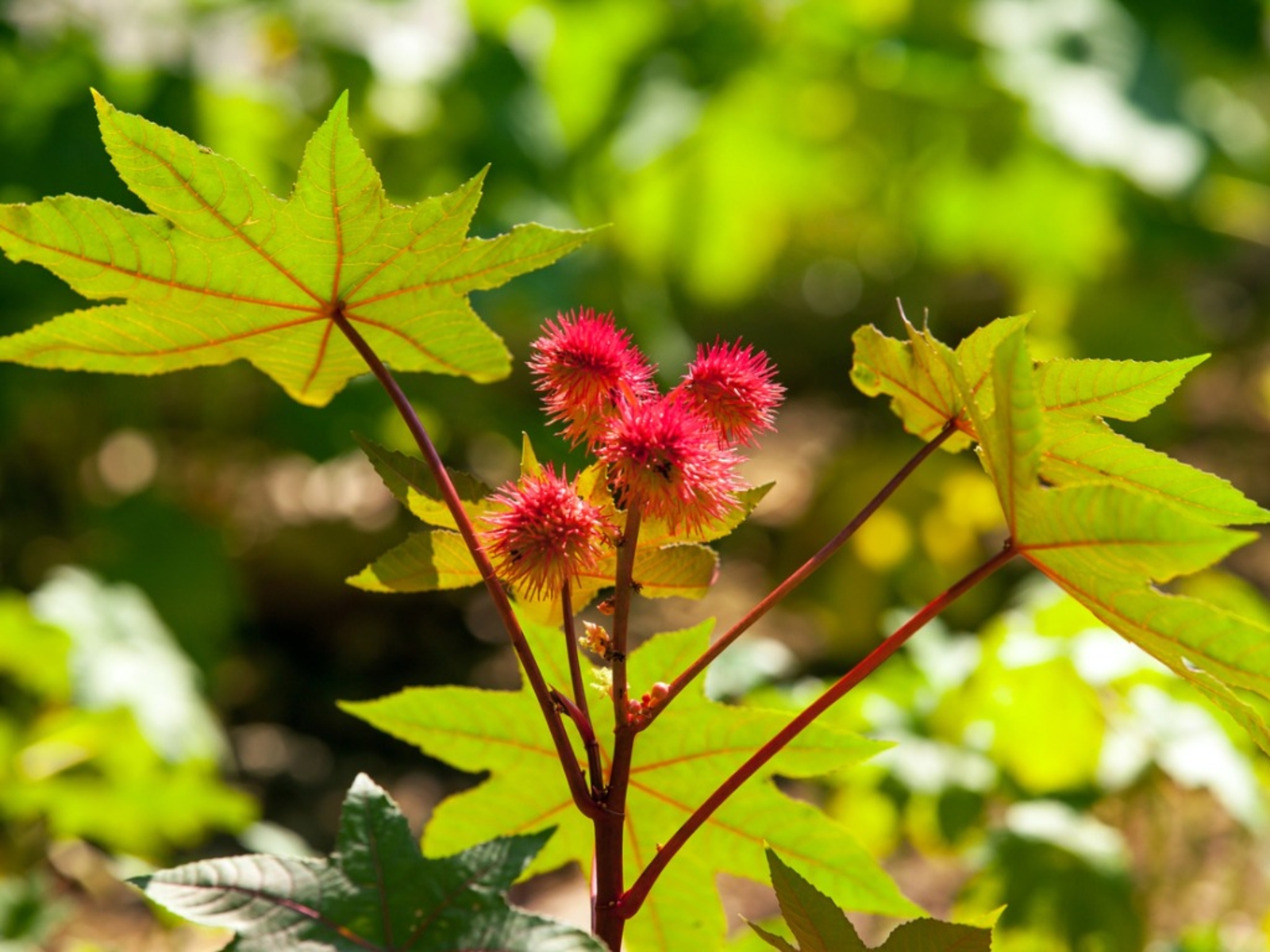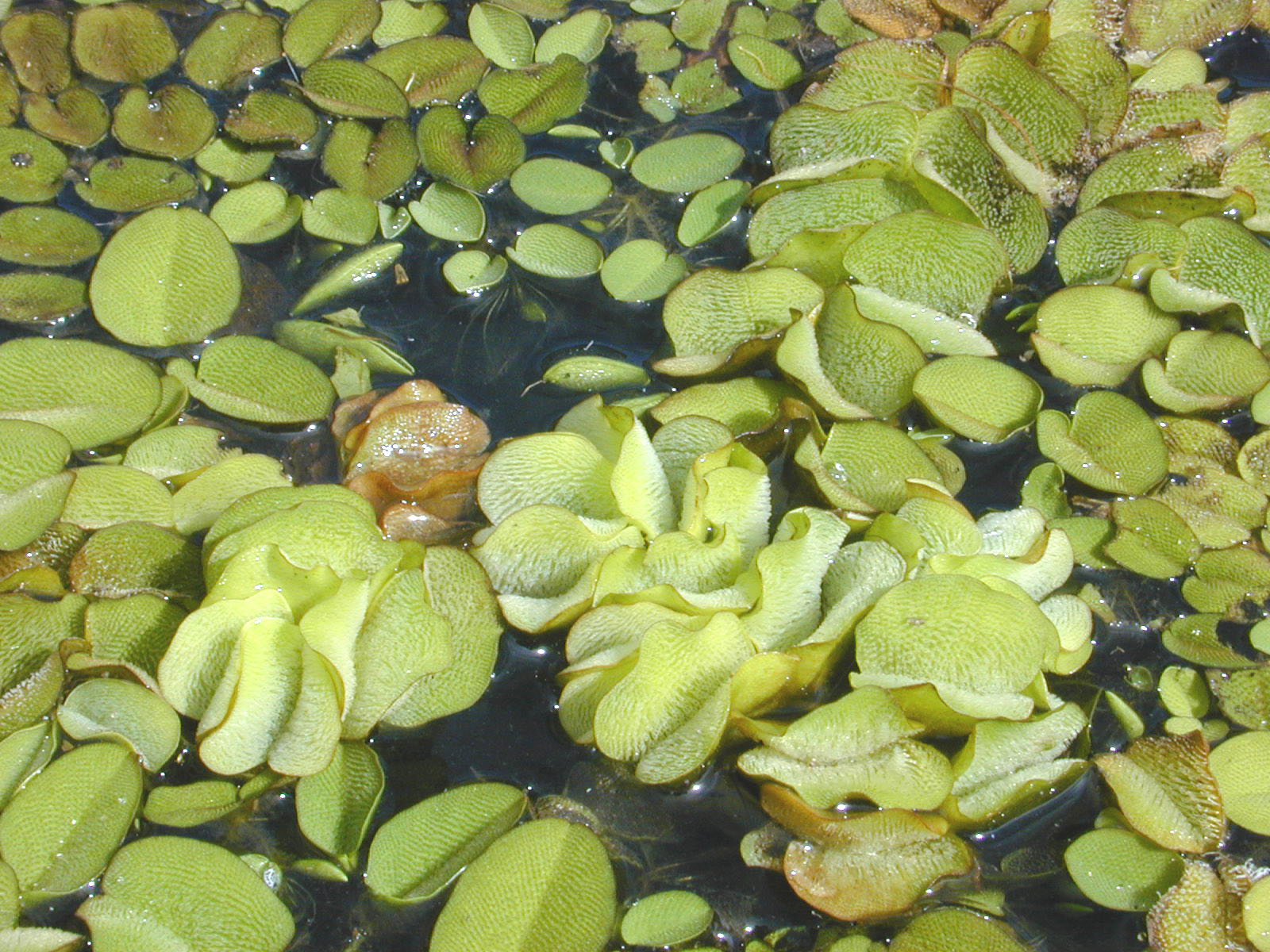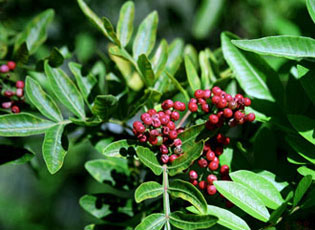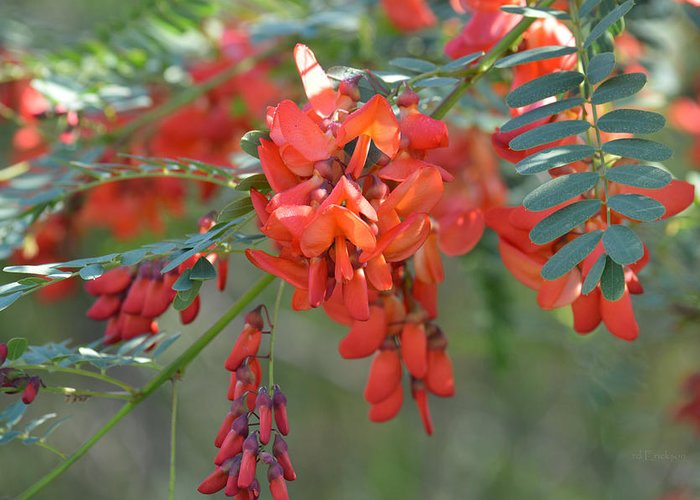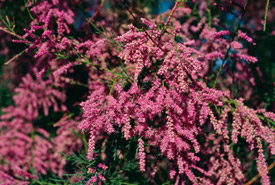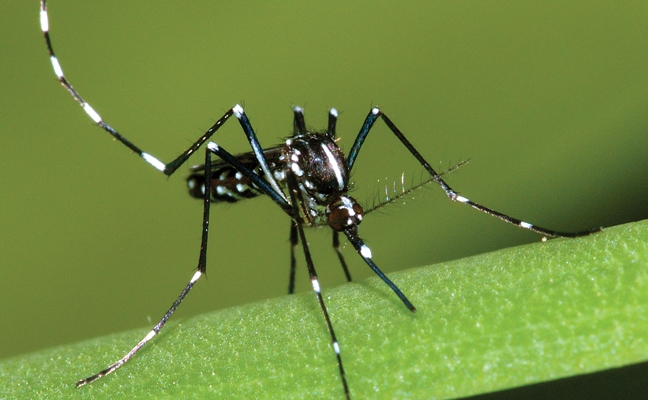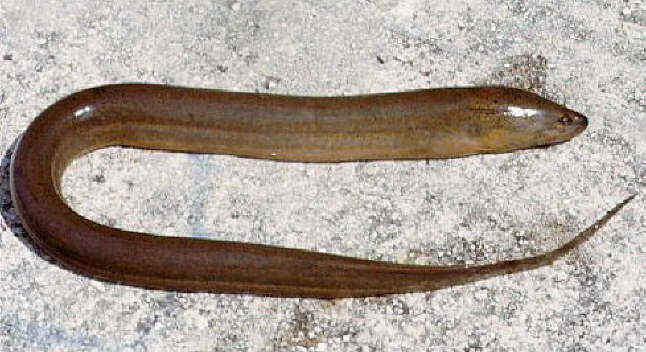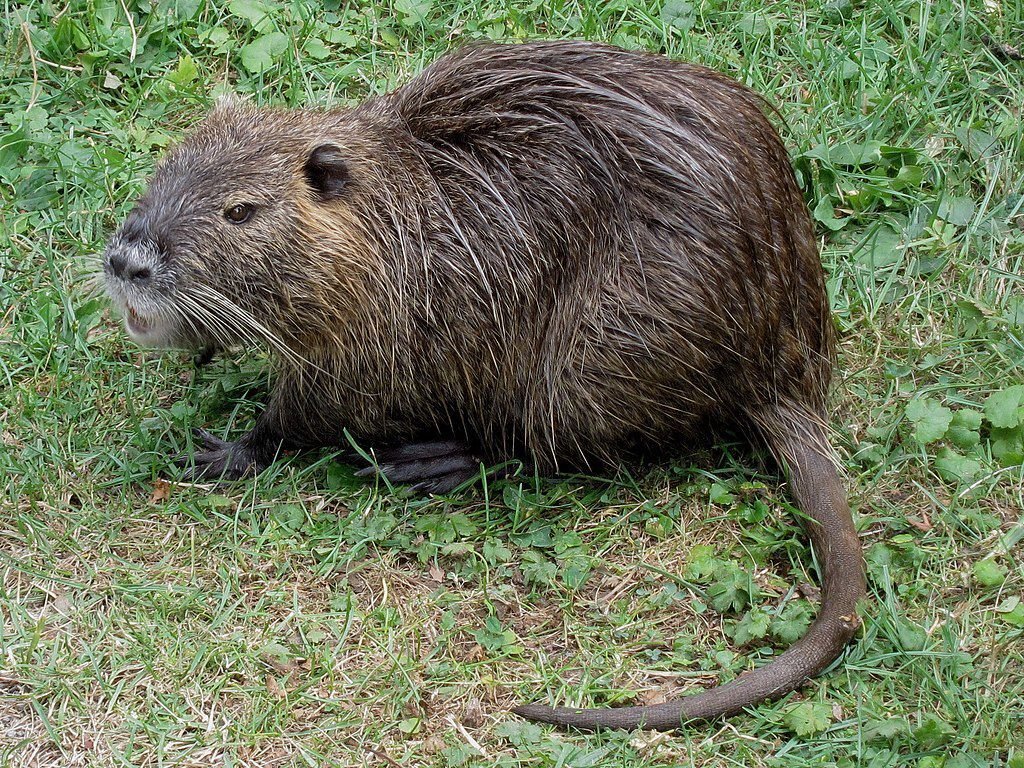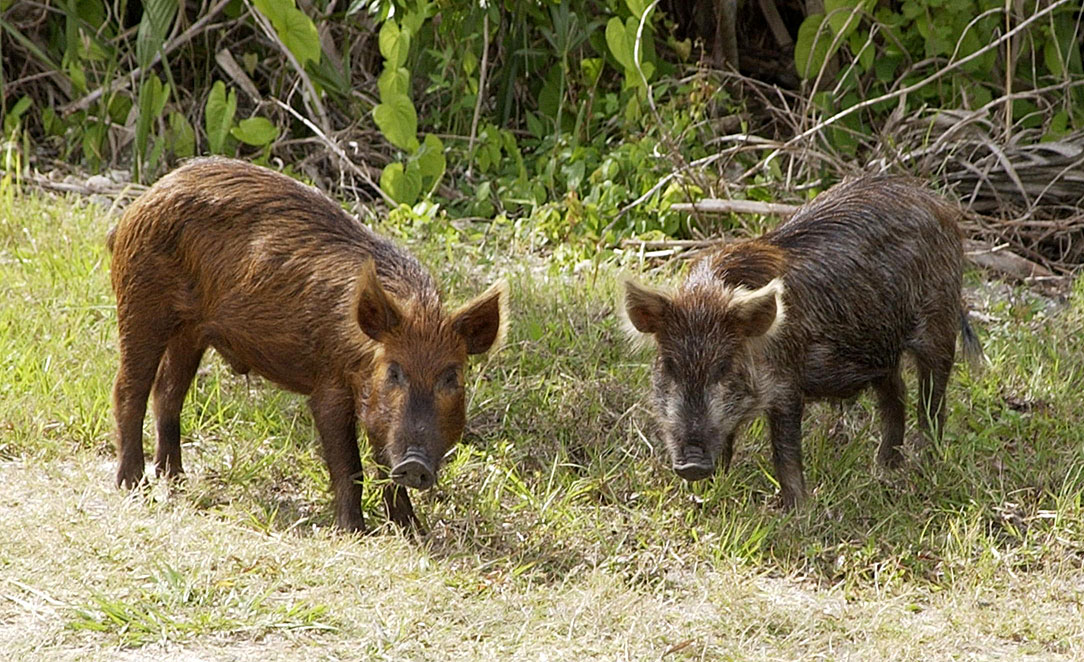What are invasive species?
How can an innocent clam, bee, or tree bring down an entire ecosystem? If they’re an invasive species, its easier than you might think.
An invasive species is a plant, animal, or even fungus that has been introduced to an area where it doesn’t belong and is causing harm because of it. There are plenty of examples of invasive species in Texas, from the feral hogs in our forests to the red fire ants in our prairies. These species can cause damage to our ecosystems, economy, agriculture, and health.
Invasive species don’t mean to invade- they’re just animals and plants who have been brought to a new place and are trying to survive. The problem is that they don’t face any of the same population-controlling threats that they would in their native habitats. Where at home they might have natural predators, disease, or other limiting factors, here they face no such threats and their populations spiral out of control, wreaking havoc as they go.
Not all non-native species are considered invasive. Tomatoes, for example, are native to South America but were brought here as crops, making them non-native to North America. In order for a species to be considered “invasive” it has to be non-native, cause harm, and thrive in this new environment. So, while tomatoes aren’t necessarily meant to be here, they aren’t going to spread all over your yard, killing the other plants in their path, eventually taking over the entire neighborhood.
An invasive plant like Japanese Privet, however, might do just that. It was brought from Asia to America as an ornamental plant for someone’s lawn and unfortunately spread like wildfire. Once introduced to an area, this shrub forms dense thickets, shading and out-competing many native species. It colonizes rapidly, spreading throughout an area, killing the native plants that insects and birds depend on. Before you know it, what was once a bustling forest full of native plants and animals is now just a graveyard of privet.
Once an invasive species has arrived in a place and started to flourish, it can be incredibly difficult to eradicate or even manage. Zebra Mussels, for example, have cost the U.S. countless hours, resources and dollars as we try to prevent them from spreading, but their populations are still on the rise. It goes without saying that the best way to keep an invasive species from invading is to never introduce them in the first place.
You can do your part to prevent the spreading of invasive species. If you’re planting new flowers in your yard this spring, why not plant native species? Boost your local ecosystems and economy by removing invasive plant species from your yard and replacing them with the ones that can actually support wildlife! And we don’t expect you’ll be bringing a jar of bees over from Africa, but you can keep those pet cats, pythons, and parakeets inside and away from native species.
Below, you will find a list of invasive species to the Houston/Galveston region that we have deemed particularly threatening to birds and bird habitat. Avoid planting these species, and if they start cropping up in your area, research how to properly remove them and then do so.
A resource that we have found very useful is The Quiet Invasion: A Guide to Invasive Species of the Galveston Bay Area by Houston Advanced Research Center (HARC). You can view the guide online here: https://www.galvbayinvasives.org/invasive
Together, we can stop the spread of invasive species!
Invasive Plant Species
Silk Tree Mimosa
Habitat: Fallow fields, riparian areas
Ecological Impact: Harmful wilt disease, toxic seed pods, lowers native species diversity
Alligator Weed
Habitat: High nutrient freshwater aquatic habitats
Ecological Impact: Crowd out native aquatic vegetation, lower dissolved Oxygen levels
Elephant Ear
Habitat: Shoreline riparian areas, wetland fringes, and lake banks
Ecological Impact: Outcompete native species, altering natural habitat and ecosystem processes, and makes it more likely for other invasive species to succeed
Deep-rooted Sedge
Habitat: Disturbed, inundated soils; costal prairies; low flatwoods
Ecological Impact: Outcompete native grasses and sedges. Alter the habitat of the endangered Attwater's prairie chicken
Air Potato
Habitat: Mesic habitats including thickets and disturbed areas. Can also fill canopy gaps in a wide range of habitats
Ecological Impact: Can rapidly climb into canopies and smother native vegetation. Uncultivated, wild growing forms are considered poisonous
Cogongrass
Habitat: Full sun, moderately disturbed areas, grasslands, scrublands, agricultural areas, and wetland fringes
Ecological Impact: Herbicide-like toxin inhibits other plant growth. This disruption results in changes to wildlife and food sources. Fires can also become more frequent and intense
Lantana
Habitat: Home landscapes, creek banks
Ecological Impact: Outcompetes and displaces native understory vegetation in native forests. Poisonous foliage and unripen fruit
PRIVETS (JAPANESE, CHINESE, WAYLEAF, GLOSSY)
Lingustrum japonicum; L. sinense; L. lucidum; L. quihoui

Habitat: Disturbed areas like roadsides and forest edges. Can also inhabit lowland areas, floodplains, wetplains, riparian, and coastal areas
Ecological Impact: Negative effects on grazing livestock and insects, as well as water quality. The fruits and leaves and can also be toxic when consumed
Purple loosestrife
Habitat: Disturbed wetlands, lakes, road side ditches, and reservoirs
Ecological Impact: Dense stands out-compete native vegetation, affecting plant and animal diversity, water chemistry, and nutrient cycling. It can also eliminate food sources for waterfowl and cattle
Guinea Grass
Habitat: Common in fields, groves, roadsides and other disturbed sites
Ecological Impact: Guinea grass is native to tropical Africa and is now widely naturalized in south Texas and spreading. It is found at our Quintana sanctuary and we've been trying to root it out. It has seed stock that lasts 10 years in the ground! It becomes a monoculture and take over all native understory plants.
Melaleuca
Habitat: Wet or intermittently wet subtropical prairies, coastal dunes, marshes, and riparian zones. It can invade drier areas like upland pines and grasslands once it is established more
Ecological Impact: Change natural wildlife habitats, species composition, fire regimes, and soil hydrology. The oils produced by Melaleuca can also be an irritant to those with sensitive skin, stomachs, and respiratory systems
Chinaberry
Habitat: Roadsides, disturbed fields, forest edges, and old home sites. Can also invade undisturbed marshes and upland forests
Ecological Impact: Chemicals in the fruit can act as pesticides, allowing it to become resistant to insects and protects against certain pathogens. Leaf litter can raise soil pH, affecting soil conditions for native plants and affecting seed germination. The fruit, bark, and leaves produces toxins which may be fatal in severe cases
Eurasian watermilfoil
Habitat: Submersed aquatic environments like lakes, ponds, and slow-moving rivers
Ecological Impact: Shade out native vegetation, promote mosquito breeding habitat while lowering aquatic insect conditions, removing a food source for native fishes
Heavenly bamboo
Habitat: Mixed and hardwood forests, as well as forested wetlands and canyonlands
Ecological Impact: Seeds survive prescribed burns and allows the species to outcompete and displace native species. The leaves produce chemicals which are poisonous to all animals, and the berries are toxic to cats and some grazing animals
Torpedograss
Habitat: In or near shallow water or damp riparian zones. May also spread to upland habitats
Ecological Impact: Displace native habitat and vegetation, which causes declines in biodiversity and ecosystem health
Golden bamboo
Habitat: Deciduous and coniferous forests, secondary forests, clearings, and forest edges, as well as urban areas
Ecological Impact: Displace native vegetation, alter habitat, and upset food chains
WATER LETTUCE
Habitat: Stagnant, slow-moving freshwater environments including wetlands, small ponds, and lakes
Ecological Impact: Alter native aquatic plant and fish communities, which creates a loss in biodiversity. Harmful if ingested in large quantities as calcium oxalate crystals and toxins are present
Trifoliate orange
Habitat: Many habitats including disturbed areas and intact areas like bottomlands or upland wooded areas
Ecological Impact: Dense thickets can crowd out native species. Gastrointestinal issues arise from fruit ingestion, as well as mild skin irritations if skin is exposed
Castorbean
Habitat: Riparian areas, margins of cultivated fields
Ecological Impact: Toxic chemical called ricin is produced in the seeds. If ingested, it can cause skin irritation, intestinal distress, seizures, and even comas
SALVINIA (GIANT AND COMMON)
Habitat: Slightly acidic, high nutrient, warm, slow-moving freshwater, including: streams, lakes, and marshes
Ecological Impact: Shade out native aquatic species and reduce dissolved oxygen levels in the water, which can alter the habits of native birds
Brazilian peppertree
Habitat: Disturbed areas like fallow fields and drained wetlands. Can also invade undisturbed native pine forests and mangroves
Ecological Impact: Changes habitat structure, alters nesting sites, and reduces biodiversity. Ripe fruits are toxic to humans, cattle, and horses
Rattlebox
Habitat: Roadsides and wet ditches. Can also be found in wet pinelands, mesic hardwood forest edges, and upland disturbed sites
Ecological Impact: Can decrease water flow and quality when near water bodies and river/stream banks. All parts of the plant, especially seeds, are toxic
Saltcedar
Habitat: Riparian zones, wetlands, estuarine habitats, and coastlands
Ecological Impact: Disturbs aquatic food chains in streams
Chinese tallow tree
Habitat: Coastal prairies, wetlands, stream banks, and bottomland forests
Ecological Impact: Shades out native plants and alters nutrient cycling. Leaves, fruits, and sap are toxic to many animals and humans
Invasive animal species
Asian tiger mosquito
Habitat: Agricultural area, coastlands, forests, water courses, and many other habitats
Ecological impact: Transmit viruses such as yellow fever and West Nile. Virus-mosquito-bird transmission pathway has a negative impact on North American bird species
Mystery snails (Chinese, Japanese)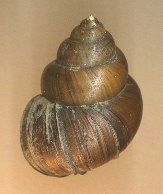
Cipangopaludina chinensis malleata; C. japonica
Habitat: Lentic (fresh still water) water bodies with silt, sand, and, mud substrate
Ecological impact: Potential vector for the transmission of parasites and diseases. May out compete native species who utilize similar food sources altering the food web
Carps (grass, bighead, silver, black; goldfish, koi)
Ctenopharyngodon idella; Hypophthalmichthys nobilis and molitrix; Mylopharyngodon piceus; Carassius auratus; Cyprinus carpio
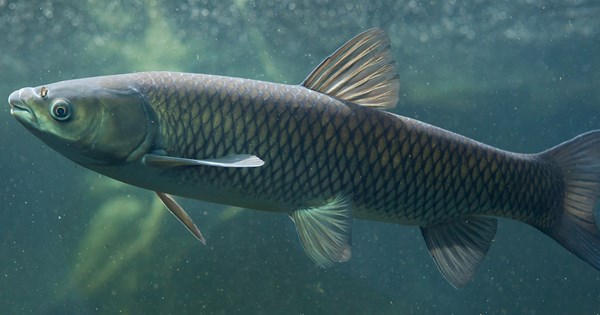
Habitat: Well-vegetated, quiet, shallow waters in large rivers, lakes, and reservoirs
Ecological impact: Grass carp (shown) can alter the trophic structure of a water body by competing with native invertebrate and fish species for plant material. Carp, in general, carry diseases and parasites and are thought to be the main vector for the Asian tapeworm
Suckermouth armored catfish, pleco
Hypostomus plecostomus; Pterygoplichthys anisitsi
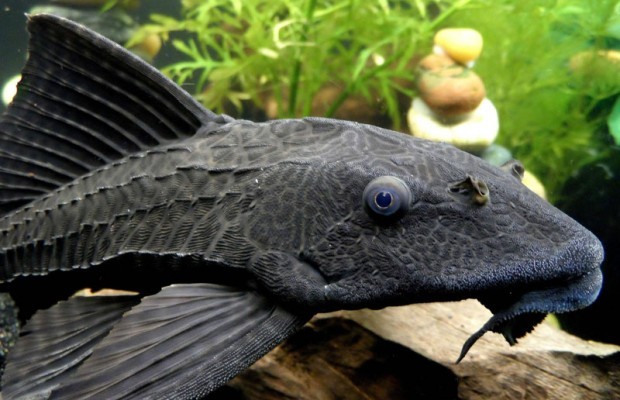
Habitat: Fresh and brackish waters
Ecological impact: May compete with native species for food sources and could have a significant impact on the aquatic food base
Argentine ant
Habitat: Natural, manmade, and disturbed sites. Preferred areas contain moderate temperatures and moisture levels
Ecological impact: Massive colonies impact natural food webs through food competition and displace habitat from native ants
Melania (red-rimmed, quilted)
Melanoides tuberculatus; Tarebia granifera

Habitat: Red-rimmed prefers quiet, eutrophic (high nutrient), shallow, turbid (cloudy or opaque) habitats between 65- 90 degrees F. Quilted (shown) are typically found in shallow fresh water rivers and streams
Ecological impact: Intermediately hosts trematodes which can infect humans and birds
Asian swamp eel
Habitat: Freshwater ponds, canals, and rice fields
Ecological impact: Alters food web dynamics. Expanding populations will decrease native prey populations, increasing competition between predators and potentially impacting ecosystem structure
Nutria
Habitat: Freshwater marshes in coastal areas. Can be seen in other habitats containing water like farm ponds, rivers, and wetlands
Ecological impact: Overgraze wetland vegetation and burrow in banks, causing marsh loss and conversion of wetland habitat to open water. Hosts for pathogens like tuberculosis and septicemia
Tawny crazy ant
Habitat: Any void that contains moisture
Ecological impact: Heavily infested areas can harm wildlife like nesting birds
Red imported fire ant (RIFA)
Habitat: Found in many areas including coastal habitats, deserts, forests, grasslands, suburban/urban areas, to name a few
Ecological impact: Prey on animals including reptiles, amphibians, birds, and small mammals. Locally, RIFA predate on colonial waterbird eggs and nestlings on bay rookery islands with higher elevations. Painful, and venomous, sting cause immediate painful and itchy red welts
Feral pig/hog
Habitat: Found in a variety of habitats mainly determined by food availability and cover. Can be seen in wet pine forests, bottomlands (rivers, creeks, etc.), and scrub/shrub habitats
Ecological impact: Destroy habitats and compete for food. Can carry infectious disease as well

